The golden era of Formula 1 engineering marks a transformative period in motorsport history, characterized by groundbreaking technological advancements and innovative design philosophies. This era saw an unprecedented convergence of engineering prowess and competitive spirit, leading to some of the most iconic and memorable moments in F1 history. Key elements defined this remarkable period and its lasting impact on the sport.
The Rise of Aerodynamics
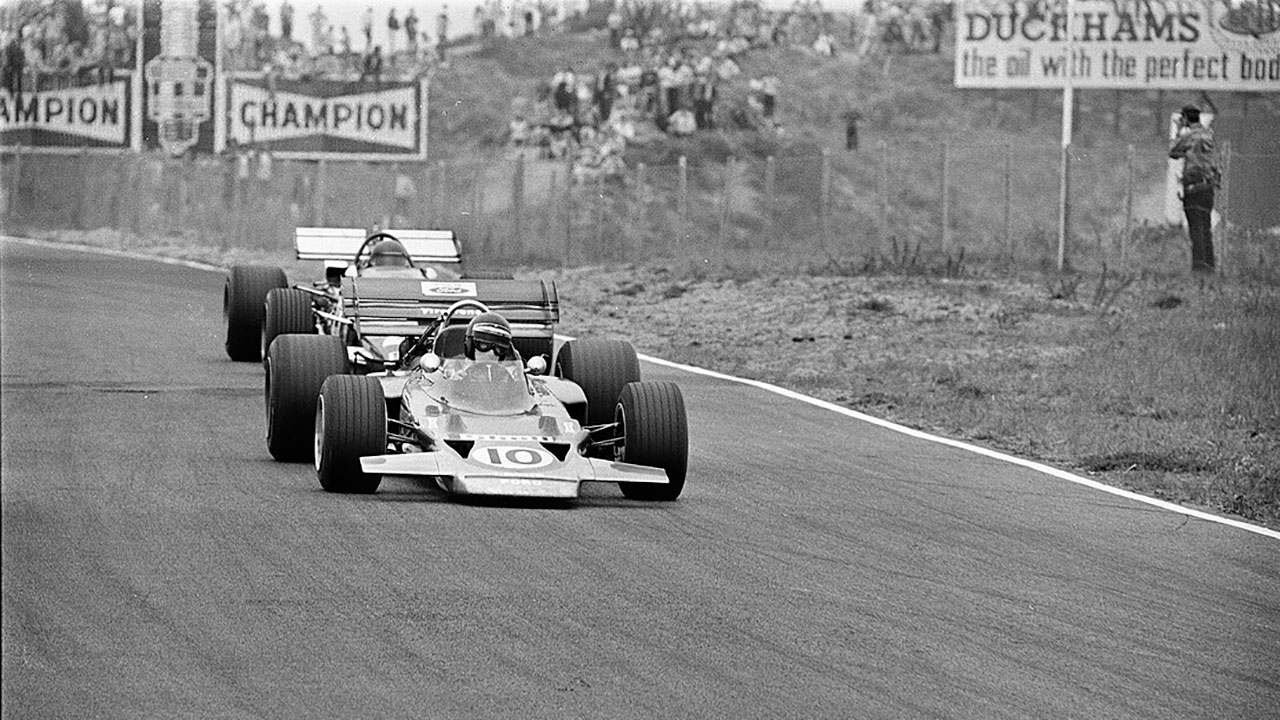
One of the most significant advancements during this era was the introduction of aerodynamic principles in car designs. The addition of wings and ground effects revolutionized how cars interacted with the track, dramatically improving speed and stability. These innovations allowed cars to achieve higher cornering speeds, fundamentally changing race dynamics. The Lotus 72, introduced in 1970, was one of the first cars to effectively utilize aerodynamic wings, setting a new standard for design.
Pioneering figures like Colin Chapman and Adrian Newey played crucial roles in this aerodynamic revolution. Chapman, the founder of Lotus, was instrumental in introducing ground effects, which used the car’s underbody to create downforce, effectively “sucking” the car to the track. Adrian Newey, known for his work with Williams and later Red Bull Racing, continued to push the boundaries of aerodynamic design, creating some of the most successful cars in F1 history. Their contributions not only defined the era but also laid the groundwork for future innovations.
The battle for downforce became a central theme as teams competed to master this new aspect of car performance. This competition led to a variety of innovative solutions, such as the Brabham BT46B “fan car,” which used a large fan to increase downforce. Although it was banned after a single race, it exemplified the lengths teams would go to gain an advantage. The pursuit of downforce not only pushed the boundaries of design but also sparked a technological arms race that continues to this day.
Engine Evolution and Power Wars
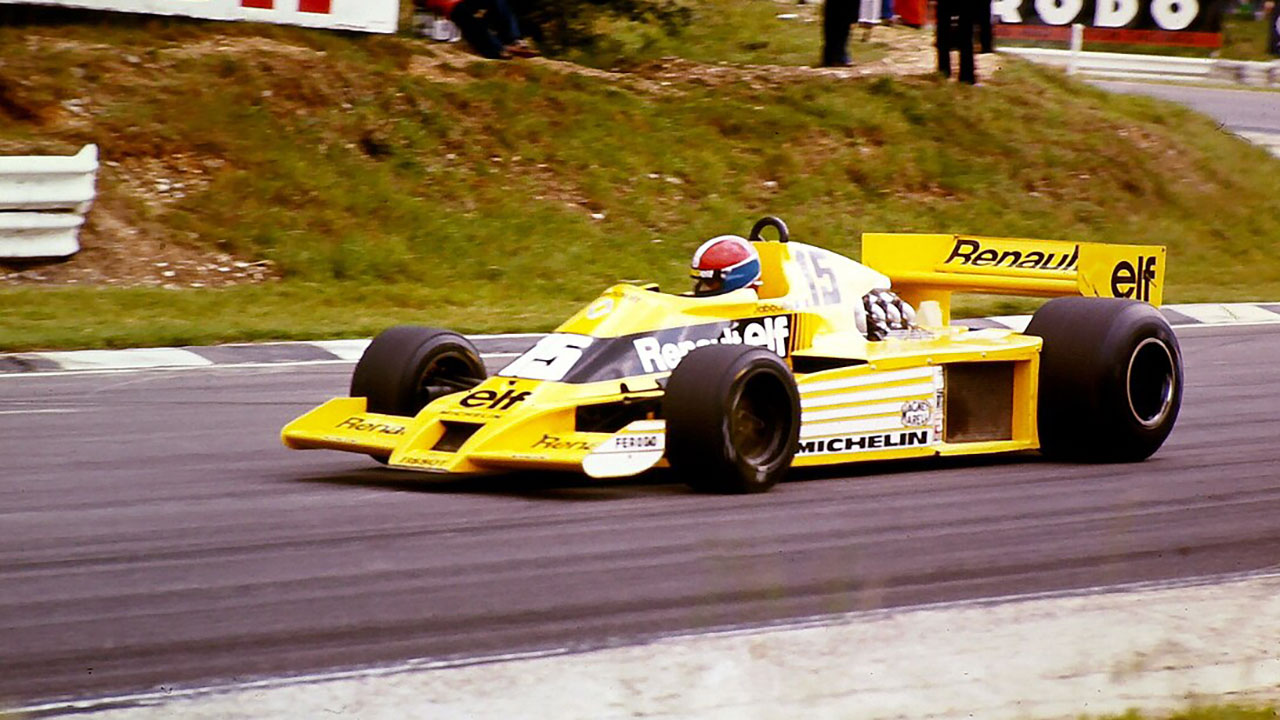
The transition from naturally aspirated engines to turbocharged power units marked another pivotal shift in F1 engineering. Turbocharged engines, which first appeared in the late 1970s, offered significantly more power than their naturally aspirated counterparts. This shift was epitomized by Renault’s introduction of the turbocharged RS01 in 1977, which, despite initial reliability issues, demonstrated the potential of turbo technology.
The horsepower arms race that ensued saw manufacturers like Ferrari, Renault, and Honda fiercely competing to produce the most powerful engines. By the mid-1980s, turbocharged engines were producing over 1,000 horsepower in qualifying trim, a testament to the engineering prowess of the era. This intense competition pushed teams to innovate continuously, leading to significant advancements in engine technology and performance.
However, the quest for power came with its own set of challenges. Teams had to balance raw power with reliability, as the high-stress conditions often led to mechanical failures. This dilemma influenced race strategies, as teams had to decide whether to push their engines to the limit or adopt a more conservative approach to ensure they finished the race. The 1982 season, for example, saw numerous retirements due to engine failures, highlighting the fine line teams had to walk between performance and reliability.
The Role of Electronics and Data
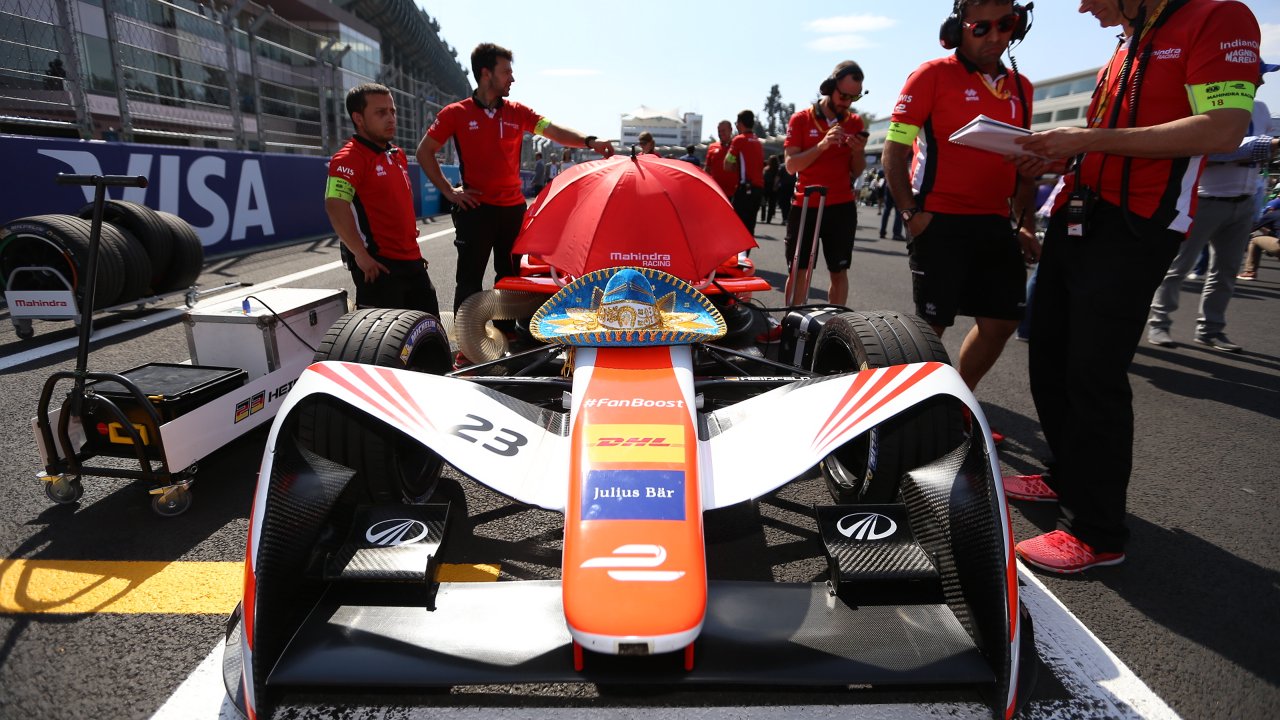
The integration of electronic systems into F1 cars marked another significant advancement during this golden era. The introduction of telemetry and engine management systems allowed teams to monitor and adjust car performance in real-time, providing a competitive edge. These systems enabled teams to collect vast amounts of data, which could be analyzed to optimize car setup and strategy.
Data-driven decision-making transformed race tactics, allowing teams to make more informed and strategic decisions both on and off the track. The use of data analytics became a crucial component of team operations, influencing everything from tire strategy to fuel management. This shift towards data-centric racing not only improved performance but also changed the skillset required for drivers, who now had to adapt to a more technologically advanced racing environment.
Electronic advancements also had a significant impact on driver performance. Systems like traction control and semi-automatic gearboxes helped drivers manage the immense power of turbocharged engines, allowing them to focus more on racing lines and strategy. These technologies not only enhanced driver performance but also contributed to the overall safety of the sport by reducing the likelihood of driver error.
Safety Innovations and Regulations
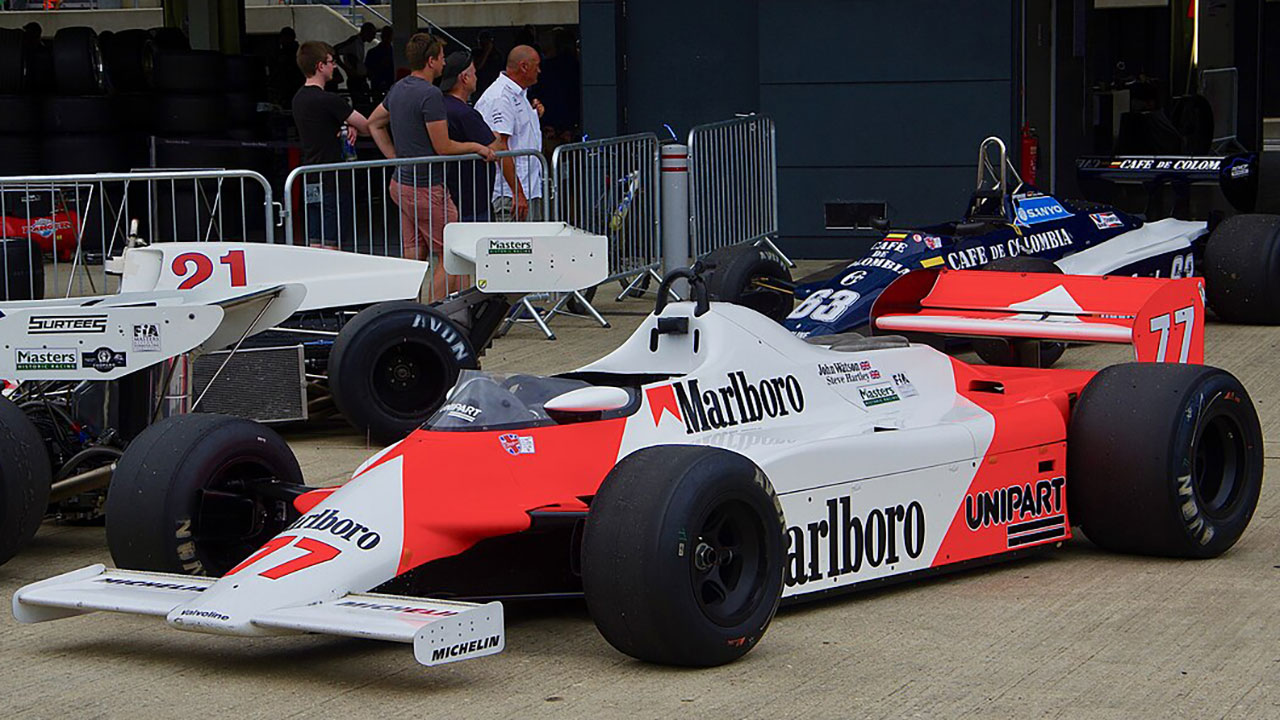
As speeds increased and technology advanced, safety became a paramount concern. The introduction of safety innovations such as carbon fiber monocoques and improved crash structures played a crucial role in protecting drivers while maintaining performance. The McLaren MP4/1, introduced in 1981, was the first F1 car to use a carbon fiber monocoque, setting a new standard for safety and performance.
Regulatory changes also played a significant role in shaping car designs and engineering priorities. The FIA, the sport’s governing body, introduced a series of regulations aimed at improving safety without compromising the competitive nature of the sport. These regulations included limits on engine power, restrictions on aerodynamic elements, and mandatory crash tests, all of which influenced the direction of car development.
Key incidents, such as the tragic accidents of Ayrton Senna and Roland Ratzenberger in 1994, underscored the need for ongoing safety reforms. These events led to significant changes in safety regulations, including the introduction of the HANS device and improvements in circuit safety. The push for a safer sport continues to this day, with ongoing efforts to balance the thrill of racing with the safety of drivers and spectators.
Legacy of the Golden Era
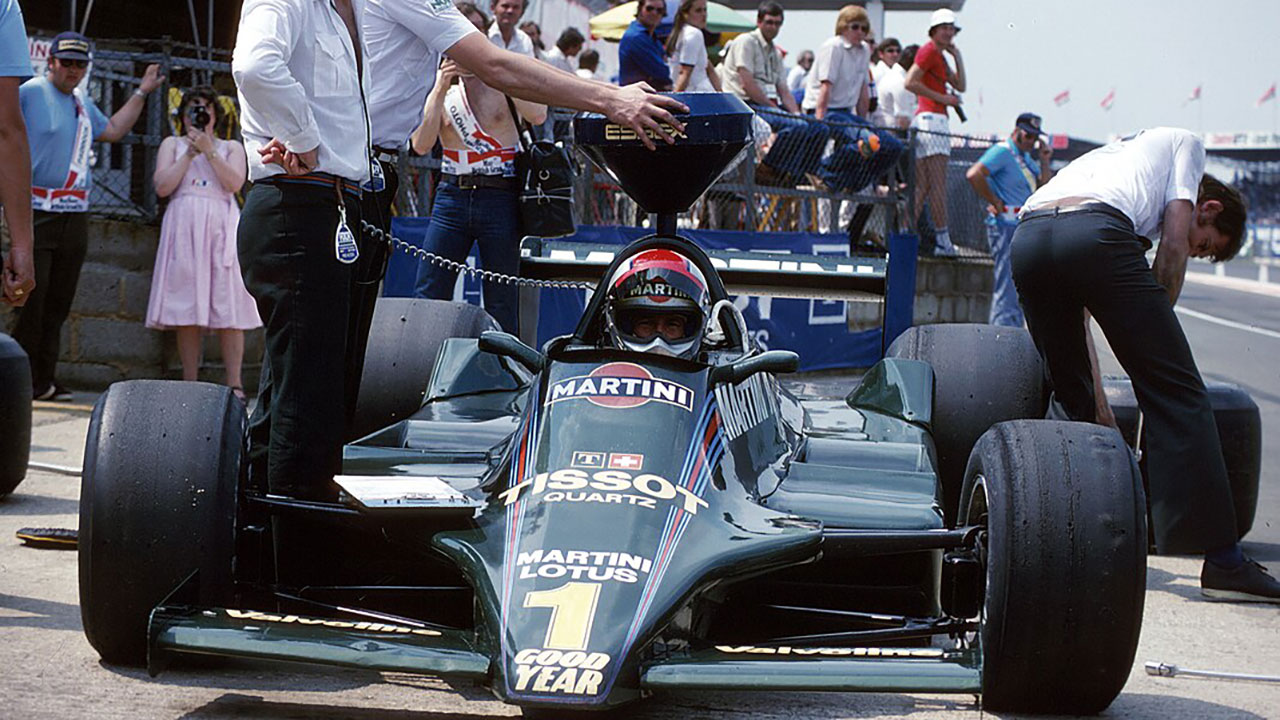
The engineering breakthroughs of the golden era continue to influence modern Formula 1, setting the stage for future innovations. Many of the technologies and design philosophies developed during this period remain integral to the sport, from advanced aerodynamics to sophisticated electronic systems. The legacy of this era is evident in the continued evolution of F1 cars, which are now more technologically advanced and efficient than ever before.
Some of the most iconic car designs from this period have left a lasting mark on the sport and continue to inspire new generations of engineers and designers. Cars like the Lotus 79, with its pioneering ground effects, and the McLaren MP4/4, which dominated the 1988 season, are celebrated for their innovative designs and engineering excellence. These cars not only achieved success on the track but also became symbols of the ingenuity and creativity that defined the era.
Beyond motorsport, the cultural and technological impact of this era extends to the broader automotive industry. The advancements made in F1 engineering have influenced the development of road cars, particularly in areas such as aerodynamics, materials, and electronic systems. This cross-pollination of ideas and technologies highlights the enduring legacy of the golden era, which continues to shape the future of both motorsport and the automotive industry.
Like Fast Lane Only’s content? Be sure to follow us.
Here’s more from us:
*Created with AI assistance and editor review.

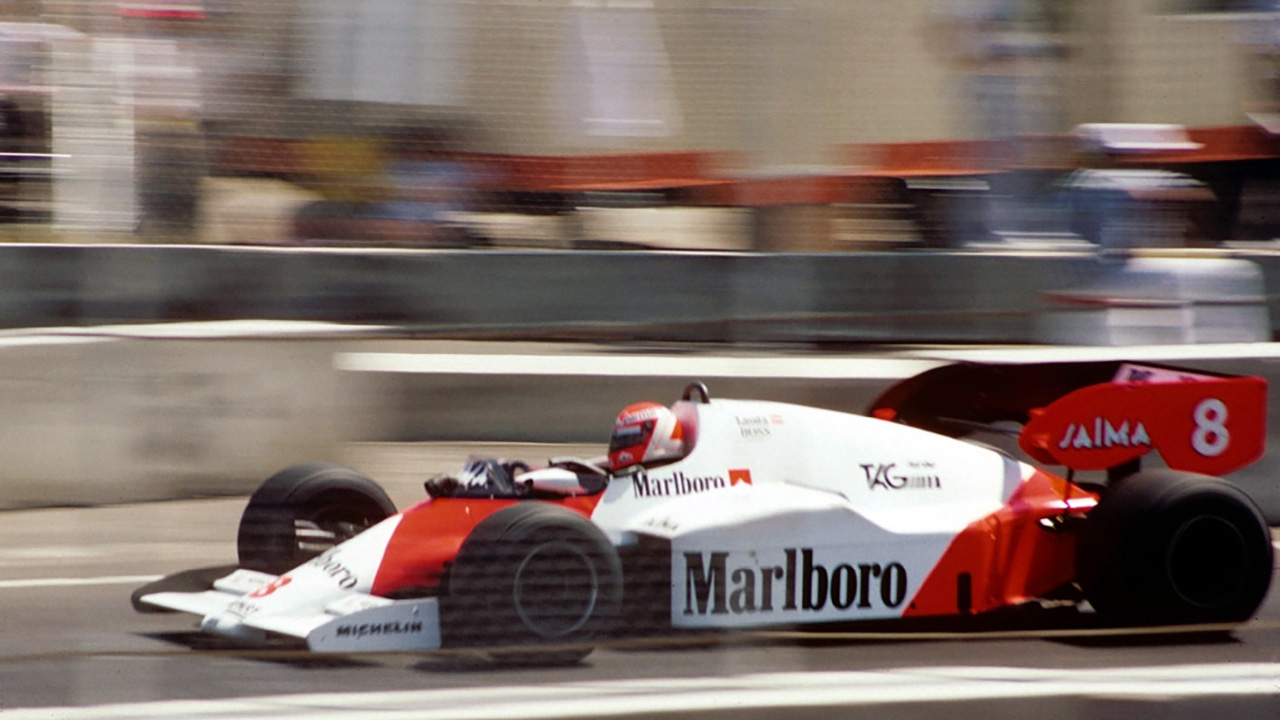



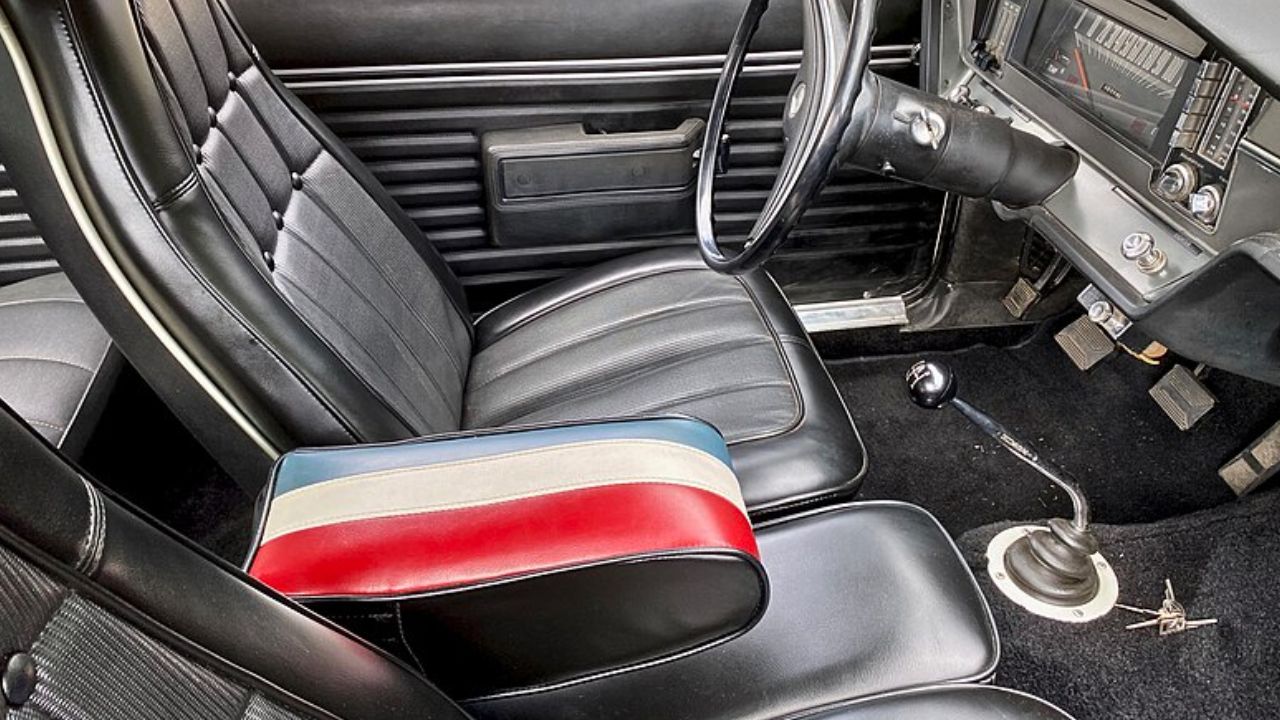

Leave a Reply